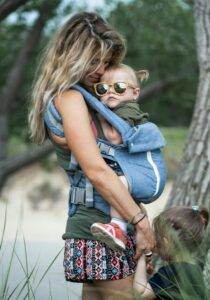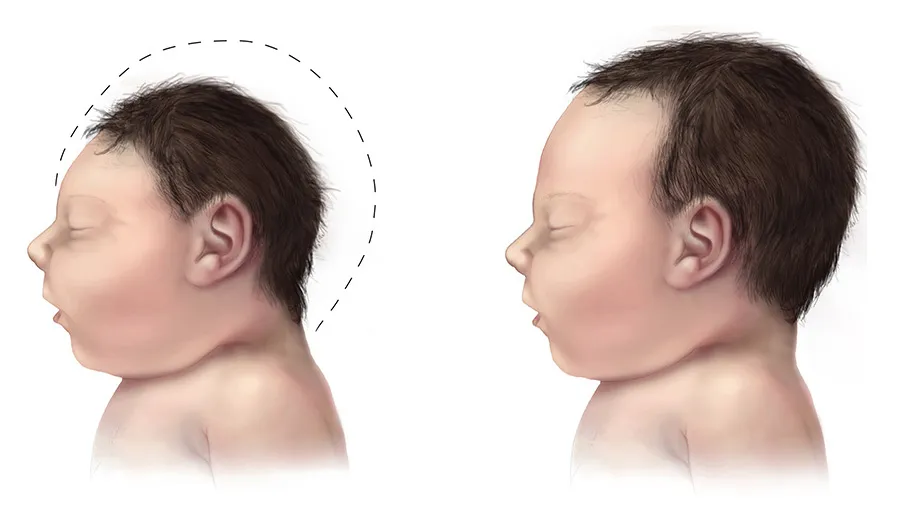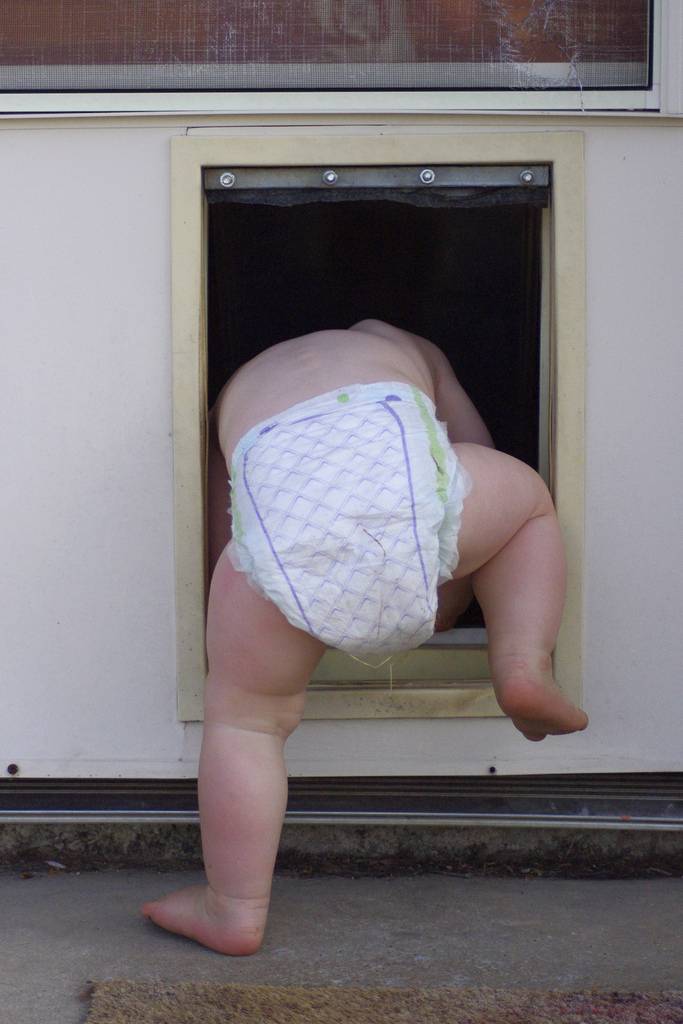Babywearing is a practice as old as humanity and deeply rooted in cultures worldwide. It involves carrying your baby using a sling, wrap, or other carrier that keeps it close to your body. This method offers numerous benefits for the baby and the caregiver.
In this blog post, we will delve into the multifaceted advantages of babywearing, including its physical, emotional, and practical benefits, and provide tips on how to get started.
Embracing the Age-Old Practice of Babywearing

In the modern world, where parenting often feels like a juggling act of endless tasks and responsibilities, babywearing emerges as a timeless solution offering profound benefits for infants and caregivers.
Many cultures worldwide have carried their babies using this age-old method, which involves slings, wraps, or structured carriers. Beyond its convenience, babywearing fosters deep emotional connection, supports healthy physical development, and provides unparalleled practical advantages.
As we explore the benefits of babywearing, you’ll discover how this simple yet powerful method transforms your parenting journey, making it more connected, balanced, and enriching for you and your baby.
Physical Benefits for Babies
Enhanced Physical Development
When babies are carried in a sling or carrier, they’re in an upright position compared to lying down. Lying upright reduces the chance of developing plagiocephaly, also called flat head syndrome, which is brought on by prolonged back lying.
Additionally, the upright position aids in developing the baby’s head and neck control and strengthens the spine. Over time, this supportive nature of babywearing fosters proper musculoskeletal development, laying the groundwork for overall physical health.
2. Better Digestion and Reduced Colic
The gentle, rhythmic movements experienced while being carried help stimulate the baby’s digestive system, alleviating common issues like gas and colic. The constant motion and warmth from the caregiver’s body are soothing and aid digestion.
Additionally, the upright position also aids in preventing acid reflux by keeping the stomach contents from flowing back up into the esophagus. This offers great relief and comfort that lying down cannot provide.
By maintaining this position, the natural gravitational pull assists digestion, reducing discomfort and the frequency of colic episodes. This leads to happier, more contented babies and less stress for caregivers.
3. Improved Hip Development
This is crucial for the infant’s overall skeletal growth. Carriers that allow the baby’s legs to be in the “M” position—where the knees are higher than the bottom—promote optimal hip alignment. This position mirrors the natural way babies sit when held and helps in the healthy development of the hip joints.
The “M” position also reduces the risk of hip dysplasia, where the hip joint is improperly formed and can lead to long-term mobility issues. This position mimics the fetal position, encouraging natural hip development.
The International Hip Dysplasia Institute recommends this ergonomic carrying position to ensure the proper growth and development of the hip joints. Caregivers can also support and enhance their baby’s hip health from the earliest stages of life. This gives babies the best start for healthy movement and physical activity.
Emotional and Psychological Benefits for Babies
4. Enhanced Bonding
The constant physical contact and proximity facilitate emotional connection and attachment, which are crucial for the baby’s emotional development. This bond makes the baby feel secure and loved, having lasting effects on their emotional well-being.
5. Reduced Crying and Stress
Studies have shown that babies who are carried more tend to cry less. The secure environment of a carrier provides comfort and reassurance, reducing stress and crying. This leads to a calmer and happier baby, making life easier for the baby and the caregiver.
6. Enhanced Social Development
Being carried at the caregiver’s level allows babies to be involved in their surroundings. They observe facial expressions, hear conversations, and see the world from an adult’s perspective. This exposure to social interactions enhances their social development and cognitive skills.
Physical Benefits for Caregivers
7. Convenience and Mobility
One of the most practical benefits of babywearing is the freedom it offers caregivers. With the baby securely nestled in a carrier, caregivers have their hands free to perform a wide range of daily tasks. This mobility is useful for parents with multiple children, allowing them to manage the needs of their older kids while keeping the baby close.
It also enables caregivers to handle household chores, run errands, or work from home more efficiently. Babywearing provides the convenience and flexibility to stay active and productive while maintaining a close, comforting presence for the baby.
8. Reduced Physical Strain
This is associated with carrying a baby in your arms for extended periods. A well-designed carrier distributes the baby’s weight evenly across the caregiver’s body, minimizing pressure on the back, shoulders, and arms.
This ergonomic support helps prevent discomfort and potential injuries from holding a baby for extended periods, making babywearing comfortable and a healthier option for the caregiver. It prevents the aches and pains commonly associated with traditional baby-carrying methods, contributing to better overall posture and physical well-being.
The balanced weight distribution of carriers is particularly beneficial during long outings or daily activities, ensuring that caregivers can carry their baby comfortably without overexerting themselves.
9. Increased Physical Activity
Carrying a baby in a carrier encourages caregivers to move around more, promoting physical activity. This is particularly beneficial for postpartum mothers looking to gradually increase their activity levels and regain strength and fitness.
The added weight of the baby serves as a natural resistance, subtly enhancing the workout for caregivers as they go about their daily routines. Carrying the baby while performing daily tasks provides a gentle form of exercise, helping caregivers stay active without additional time for workouts.
This increased activity supports overall physical health, boosts energy levels, and promotes quicker postpartum recovery, making babywearing a valuable practice for new mothers. Also, all while keeping their baby close and content.
Emotional and Psychological Benefits for Caregivers
10. Enhanced Bonding and Attachment
Just as babywearing promotes bonding for the baby, it also strengthens the emotional connection for the caregiver. The close physical proximity fosters a deep sense of attachment and enhances the caregiver’s emotional satisfaction and well-being.
11. Increased Confidence
Babywearing boosts a caregiver’s confidence in their ability to care for their baby. The close contact allows for a better understanding of the baby’s cues and needs, leading to a responsive and confident caregiving experience.
12. Reduced Stress and Anxiety
The convenience and comfort of babywearing reduce the stress and anxiety associated with parenting. Knowing that the baby is secure and content allows caregivers to focus on other tasks and responsibilities with greater peace of mind.
Practical Tips for Successful Babywearing
Choose the Right Carrier
Various types of carriers are available, including wraps, slings, soft-structured carriers, and mei tais. Choose one that suits the caregiver’s and the baby’s needs. Factors to consider are the baby’s age, weight, and developmental stage, as well as the caregiver’s comfort and lifestyle.
Learn the Proper Techniques
Proper positioning and technique are crucial for safe and comfortable babywearing. Caregivers ensure that the baby is in an ergonomic position, with the spine in a natural curve and the hips in the “M” position. Many communities offer babywearing classes and support groups where caregivers learn and practice proper techniques.
Consider Safety
Safety should always be a priority. Caregivers should regularly check the carrier for wear and tear and have it properly adjusted. The baby’s airway should always be clear, and the carrier should support the baby’s head and neck adequately.
Listening to Your Body
Caregivers need to listen to their bodies and take breaks. If they experience discomfort or pain, they should adjust the carrier or seek guidance from a babywearing consultant. Ensuring that the caregiver and the baby are comfortable is key to a positive babywearing experience.
Embrace the Transformative Power of Babywearing

In the journey of parenthood, babywearing stands out as a practice that seamlessly blends tradition with modern convenience. It offers a myriad of benefits for infants and caregivers.
From promoting physical development and emotional bonding to providing unparalleled practicality, babywearing is more than just a method of carrying your baby—it’s a nurturing embrace that supports a child’s growth and a parent’s well-being. It’s a valuable practice that enhances the overall parenting experience.
Caregivers can unlock the full potential of this age-old practice. Whether you’re navigating the early days of newborn care or managing the complexities of a growing family, babywearing can be a transformative tool. Babywearing fosters a deeper connection and creates cherished moments of closeness and love.
Embrace babywearing and discover how keeping your little one close can bring you immense joy and countless benefits. If you’re interested in further insights about babywearing, we at Omega Pediatrics would be happy to discuss it with you. We feel honored to be part of your parenting journey. Our clinic doors are always open for you.




